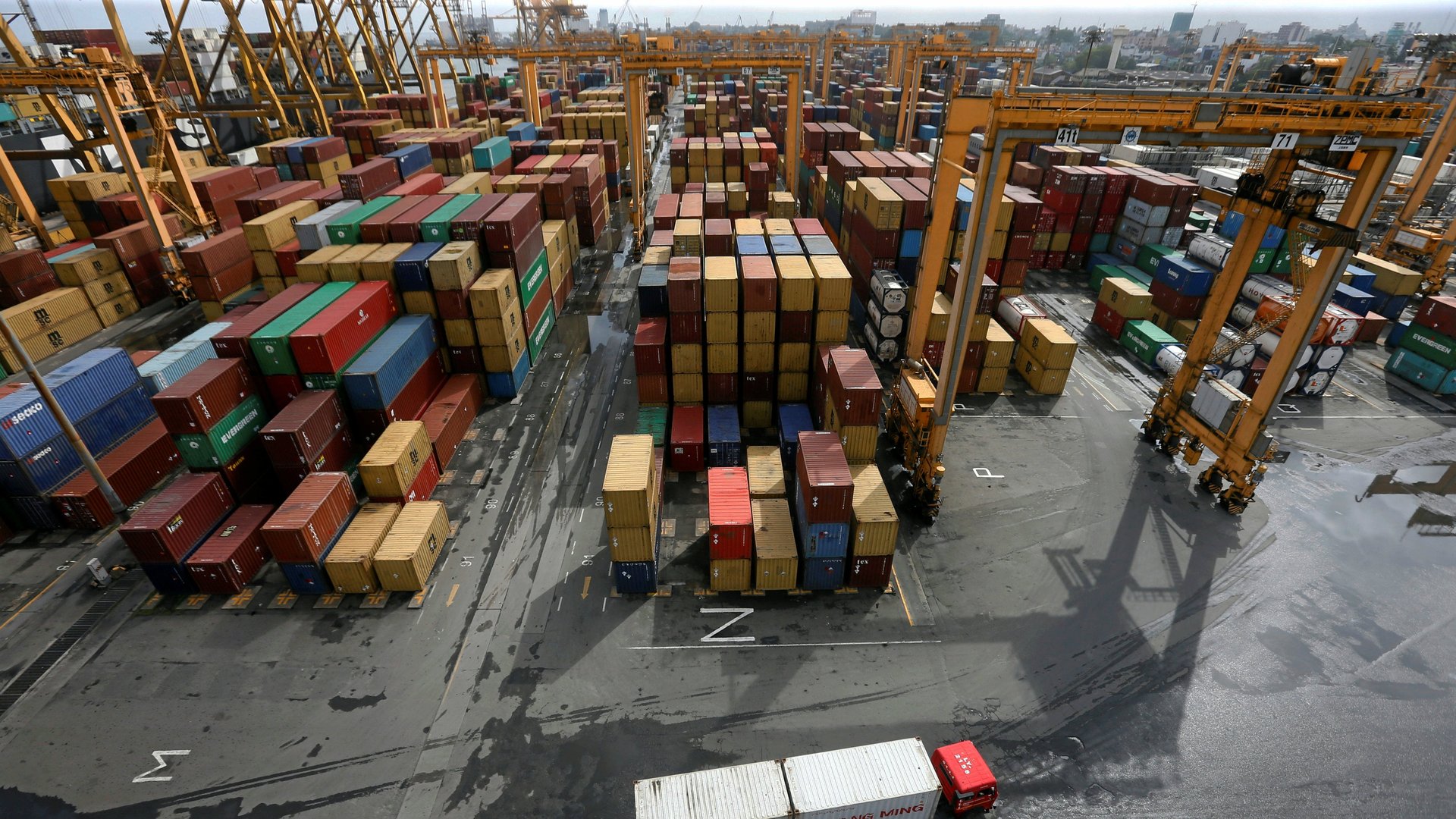The $200 billion US tariff list has prompted a 1,300-word rebuttal from China
When the US Trade Representative announced it was considering tariffs on an additional $200 billion (pdf) worth of Chinese imports, affecting a range of goods including handbags, rocks, and seafood, it said the action came as a result of China issuing retaliatory tariffs last week, instead of changing its ways.


When the US Trade Representative announced it was considering tariffs on an additional $200 billion (pdf) worth of Chinese imports, affecting a range of goods including handbags, rocks, and seafood, it said the action came as a result of China issuing retaliatory tariffs last week, instead of changing its ways.
“It has become apparent that U.S. action at this level is not sufficient to obtain the elimination of China’s acts, policies, and practices covered in the investigation,” it said.
Now China’s fired back. On July 12, the Ministry of Commerce in Beijing issued a long, damning response calling the decision “slander.” The letter touches on all aspects of Washington’s major complaints about China’s trade practices—the trade deficit, intellectual property theft, and support under the “Made in China 2025” plan for the domestic tech industry—while depicting America as an aggressor whose actions will hurt not just China’s economy but the entire world.
On the trade deficit, the ministry writes that the size of the gap is “over estimated” and blames it on structural reasons, including that the “saving rate in the US remains low… and the two countries differ in industrial competitiveness and division of labor.” American economists agree that these are indeed some factors behind the US-China trade deficit.
On intellectual property protection, the ministry writes that China has put in place “a full-fledged legal system to protect intellectual property rights,” and adds that in 2017, China paid nearly $30 billion worth of IP royalties to US, which they say marks a 15-fold increase from 2001 when China joined the World Trade Organization. US business and lawmakers have long accused Chinese rivals of conducting corporate espionage–Both Apple and chip maker Micron (paywall) believe that that employees associated with rival Chinese firms stole valuable intellectual property from them, and legal actions are underway.
The ministry describes technology transfer from US companies to Chinese ones in China as a “voluntary” practice rather than a forced one—but US firms in China are hardly likely to agree. According to a 2016 survey from the US-China Business Council, 23% of respondents stated that they had been asked to transfer technology to China, sometimes to a local or central government group.
The ministry also states Made in China 2025, a directive intended to boost the country’s tech sector in chips and other critical components, is “open to all foreign-funded companies.”
In addition, the ministry accused the US of “dragging the world economy in danger” by launching a trade war with China and other countries. By imposing tariffs, China say the US could:
…drag the world economy into the “cold war trap,” “recession trap,” “anti-contract trap” and “the trap of uncertainty,” seriously worsen global economic and trade environment, destroy global industrial chain and value chain, hinder global economy recovery, trigger global market fluctuations and hurt the interests of numerous multinationals and average customers in the world.
China has said that it will hit back against the tariffs, though it can’t do so tit-for-tat—the $200 billion already exceeds the value of its imports from the US. Instead, Beijing will likely retaliate (paywall) by barring approval of planned mergers and acquisitions (like Qualcomm’s attempt to purchase Dutch chipmaker NXP) and holding up business approvals for US companies in China.